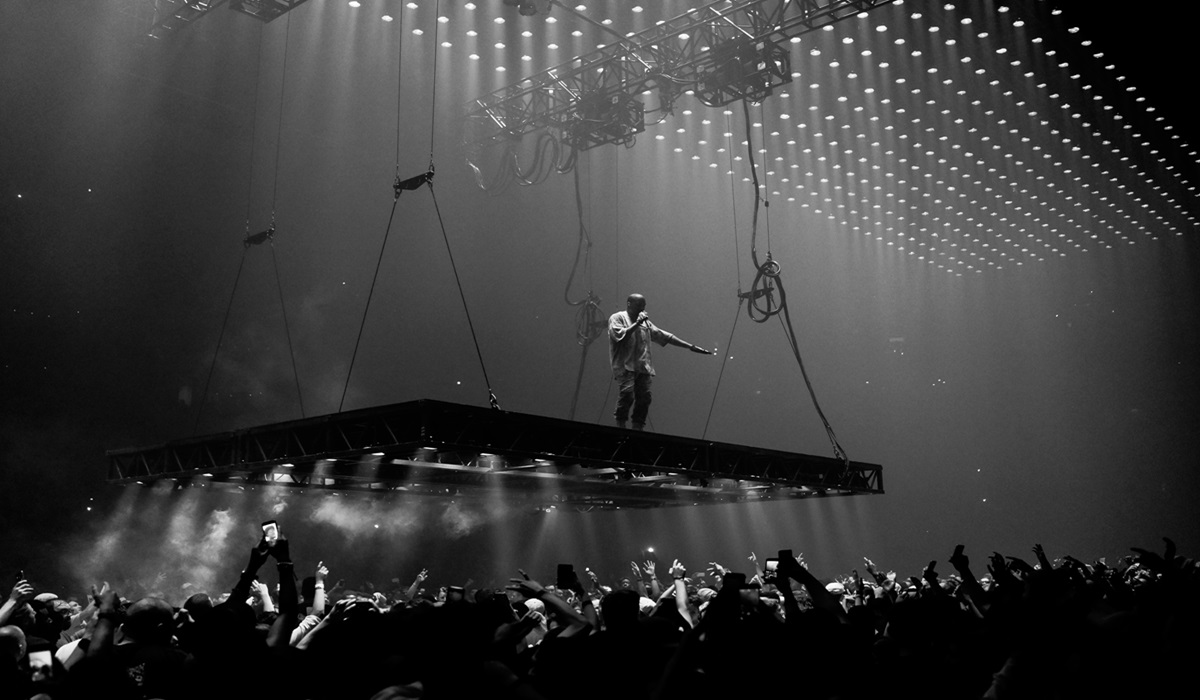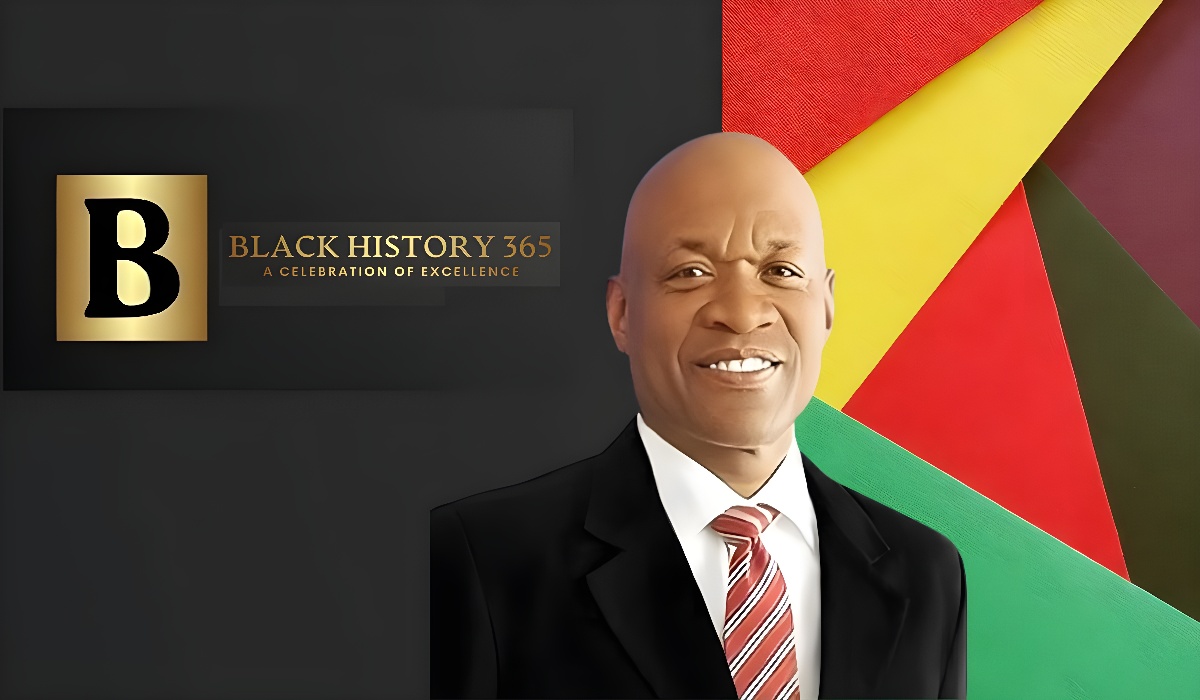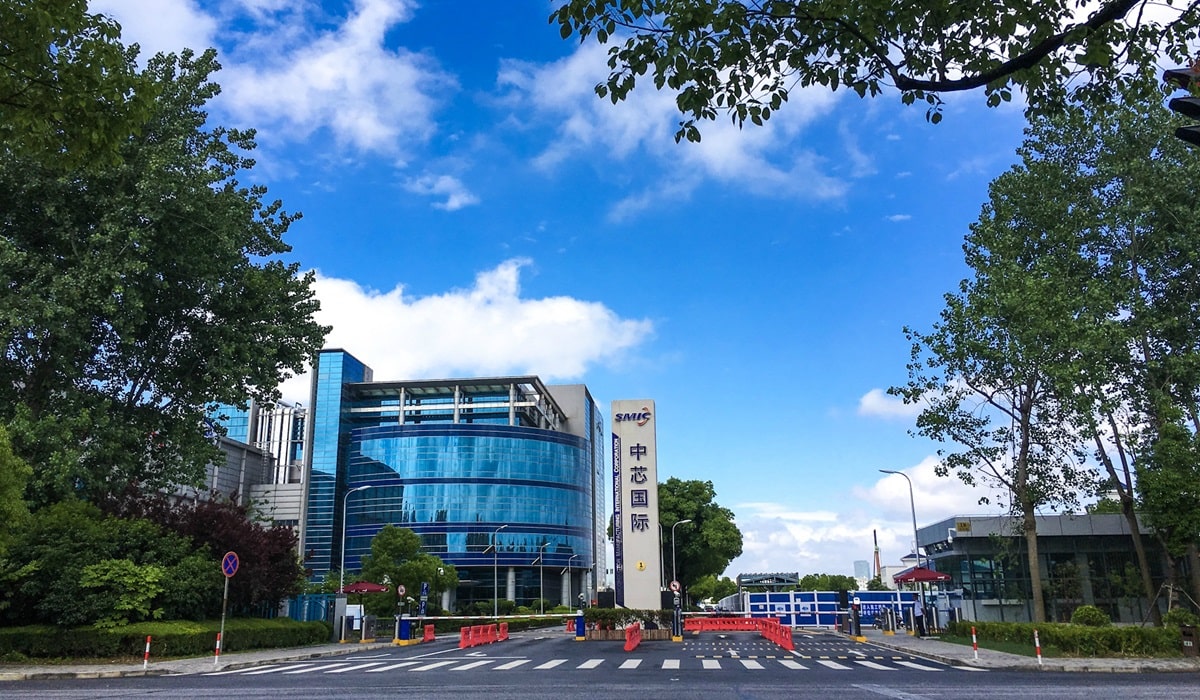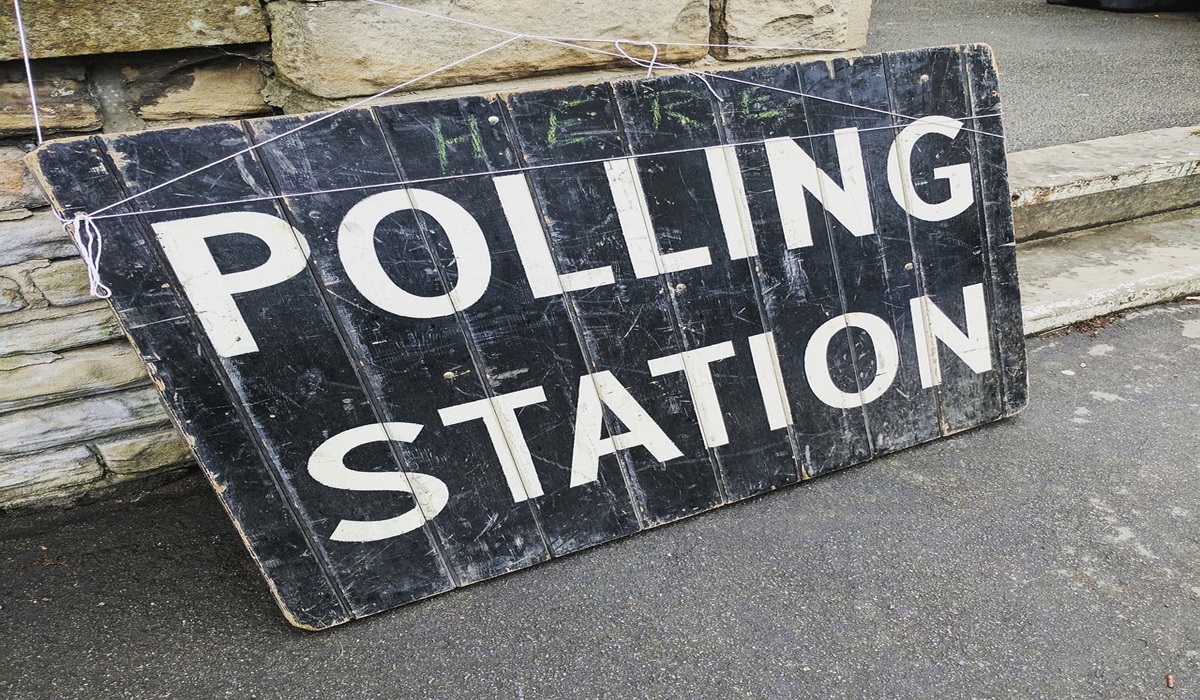Where’s the Talk Regarding ‘Term Limits’ and ‘Rank Ballots’?
- Nick Kossovan
- Eastern Canada
- Trending
- Western USA
- September 17, 2022
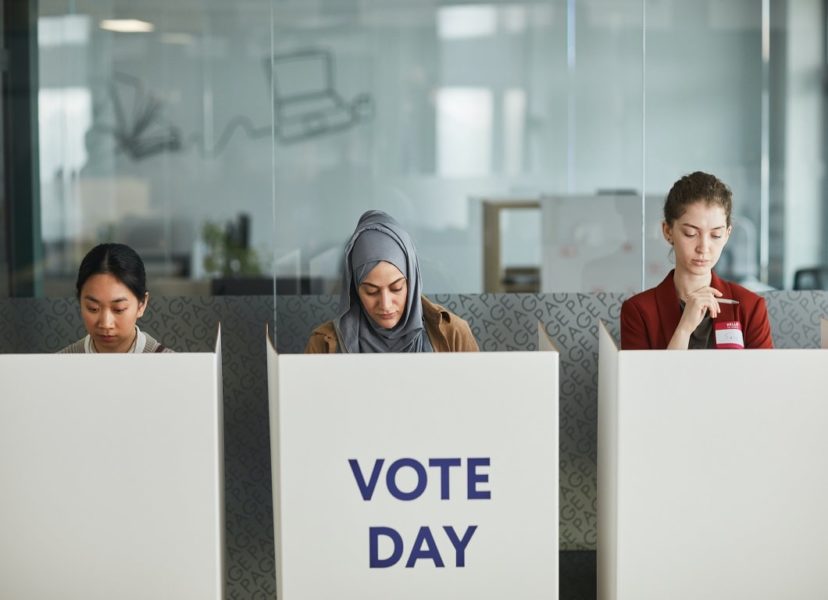
Toronto mayoral candidates and candidates running for Toronto council seats have remained mum on term limits and rank ballots.
Practically speaking, a term limit already exists—it’s called voting. However, despite local governments overseeing our daily lives, voter participation has historically been low.
Not-so-fun facts (Toronto voter turnout post-amalgamation):
It is time to stop looking for institutional solutions to voter deficiencies and apathy. People can remove the mayor or a councillor if they wish. Therefore, I interpret that the 59% of eligible voters who didn’t vote in 2018 were satisfied with their councillor’s performance and John Tory’s leadership. Another way of putting it: 59% of eligible voters weren’t angry enough with John Tory or their councillor to vote them out.
A few months after winning the Ward 19 (Beaches-East York) council seat, Brad Bradford filed a motion to consider term limits. Surprise! Bradford’s motion wasn’t supported by his fellow councillors. Why would councillors vote themselves out of their well-paying position?
Bradford favours a three-term limit, as does Jennifer McKelvie (Ward 25, Scarborough—Rouge Park), who has said she’ll not run for more than three terms. (Note: Bradford and McKelvie are running for a 2nd term. Paul Ainslie, Ward 24, Scarborough—Guildwood, is running for a 5th term. Gary Crawford, Ward 20, Scarborough Southwest, is seeking a 4th term.)
The past March witnessed an event rarely seen in the arena of politics. After two terms, Joe Cressy (Ward 10, Spadina—Fort York) announced he was leaving politics “because it was the right thing to do.”
Several U.S. cities, including New York City, have set term limits for councillors. However, councillors are party affiliated. Therefore, during their second term, a councillor facing a two-term limit would continue to work hard to keep their party’s reputation intact.
In a non-party affiliation system such as ours, I see term limits having both positives and negatives, the foremost being:

POSITIVE:
Instead of seeking re-election from their supporters, councillors, especially in their last term, will have the intestinal fortitude to stand up for what they believe is in the best for their constituents.
NEGATIVE:
The quality of mayoral and council candidates will diminish. It’s difficult to sell an 8-year career break to those with flourishing careers, who most likely can offer relevant experience.
Term limits appeal to me because city hall would have no career politicians. The incentive career politicians have of doing what gets votes at the expense of what is right would be eliminated.
Ranked ballots, widely used worldwide, is another election reform not mentioned by candidates or incumbents. Across Canada, including in Ontario, all political parties use rank ballots to elect their leaders. (Yes, Doug Ford was elected under rank ballots voting.) In the U.S., the self-proclaiming guardian of democracy, over 20 cities across 18 states, from cities as large as New York City to Telluride, Colorado (pop.2,607), use ranked ballots. All mayors throughout the U.K. are elected through ranked ballot voting.
Rank ballots work as follows:
You rank your candidate choices in order of preference—your first choice for mayor or councillor, then your second and third choices. In the first round, the first choices are added up. Anyone who has a majority wins. However, if no candidate has a majority—50% or more—the candidate with the fewest votes is eliminated. Then, their ballots are transferred to the second choice on each ballot until somebody has a majority.
Our “the most votes win” electoral system makes it possible for a candidate to win an election with only 20% of the popular votes, a scenario we’ve seen several times. In ranked balloting, second and third choices count until 50% is reached so that the winner is elected by the majority. Vote splitting is eliminated, which is rank ballots’ greatest appeal for me.
Eliminating the possibility of vote splitting will empower voters to vote with their hearts. Voters no longer need worry about “voting strategically,” fearing their vote will be part of splitting votes in favour of incumbents. With rank ballots, voters can support their favourite candidate as their first choice. Then they can support other candidates who share their interests as second and third choices.
Here’s something to muddle over. In the 2014 Toronto election, out of a field of 67 mayoral candidates, John Tory received 394,775 votes. Doug Ford received 330,610 votes. Oliva Chow received 226,879 votes. If ranked ballots had been used, there’s a high probability Doug Ford would have won the 2014 Toronto election. Hence, Ford wouldn’t have gone on to become the leader of the Progressive Conservative Party of Ontario and then the premier of Ontario. I’m just saying.
I firmly believe rank ballots would significantly increase voter engagement.
How come term limits and/or rank ballots haven’t been implemented? Term limits would introduce much-needed churn and diversity to Toronto’s council. With rank ballots, the forgone conclusion mindset that the incumbent will win would be eradicated, thereby increasing voter turnout. The pushback is neither works in favour of current sitting political officials.
It’s not necessary to be elected to serve your community. Therefore, I believe candidates don’t seek office to serve their communities as much as they claim to. Rather they’re seeking politics as a career, which can be quite financially lucrative. The romantic notion of elected officials wanting to serve their people is just that, a romantic notion. A candidate seeking votes will tell voters what they think they want to hear. Then, once elected, they’ll safeguard their political position.
As I write this, our elections are still first-past-the-post, and there are no term limits. The fact remains, however, that an election is a chance at a rebirth, which can only happen if everyone votes.
____________________________________________
Nick Kossovan, a self-described connoisseur of human psychology, writes about what’s on his mind from Toronto. You can follow Nick on Twitter and Instagram @NKossovan


